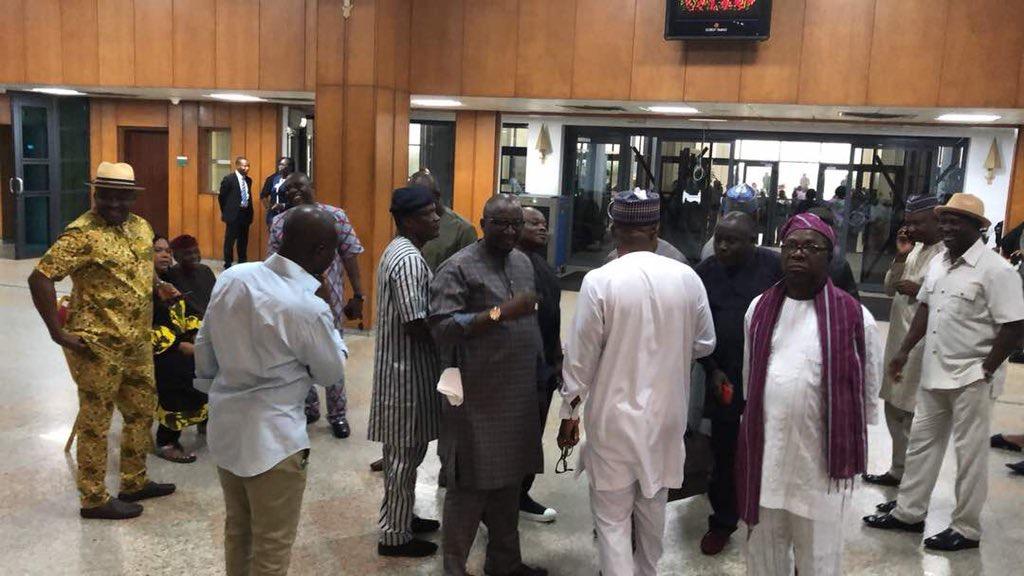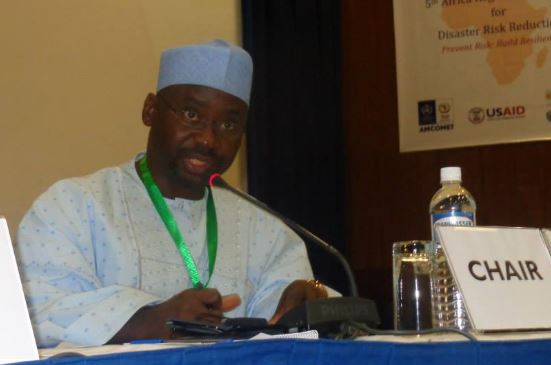BY EDWIN MADUNAGU
By “the people,” Leftists include, principally, “those people who do not exploit other people, but are themselves exploited; those who stand at the lowest point of the social ladder, those who are essentially excluded from the governance of their country; those who, strictly speaking, have little or nothing to defend in the present social order; and those who cannot liberate themselves without liberating society as a whole”. I have constructed this definition from several sources including Comrade Eskor Toyo, Comrade Biodun Jeyifo, and Karl Marx himself. It is an ideological and political definition: simple, but not simplistic, and designed for popular education.
Of the terms in this definition, only “exploitation” is technical. To this we can also give a simple definition provided long ago by Eskor Toyo: “When in a society, a certain group of people—call them A—occupies a position of political, economic, or cultural privileges or advantages over another group—call them B—such that the people in A are able to enjoy an accretion of wealth or income to them that originate from the effort of those in B, then A is said to be in a position of exploiter of B”.
The broad social category, “the people”, frequently appears in the names, programmes and politics of the Nigerian Left. We provide a selection from history. In May 1961, some young Nigerian Leftists, including Gogo Chu Nzeribe, Peter Ayodele Curtis-Joseph, Tanko Yakassai, M. O. Johnson and J. B. K. Thomas, met in Lagos and formed a revolutionary socialist party which they called the Nigerian People’s Party (NPP). The party, in its manifesto, defined itself as the organization of “women, the unemployed, farmers and farm labourers, peasants, industrial workers, artisans, teachers and intellectuals, small businessmen and women, professionals, lawyers, youths, students, the maimed, deformed and the uncared for, etc”. The young Nigerians insisted that the people listed would be organized and led by the NPP in a struggle “against capitalism and capitalist exploitation” and “for democracy and socialism”.
Advertisement
About 12 years later, in 1973/74, a revolutionary Leftist organization, the Anti-Poverty Movement of Nigeria (APMON), was formed in Lagos. That was about four years after the Civil War and towards the end of General Yakubu Gowon’s military dictatorship. Like all revolutionary Leftist organisations of that period in the history of the Nigerian Left (especially those of Marxist-Leninist orientation), APMON had a dual form: a radical popular-democratic mass formation and a core of Marxian socialists. Most of the early members of APMON’s core, including Biodun Jeyifo (BJ), Bene and myself, were below the age of 30. The organization came into being with an organ, a quarterly journal called The People’s Cause.
Between 1974 and 1976 several Leftists including the late Comrade Ola Oni, Eskor Toyo and Baba Omojola—who had been active since the 1950s—formed a unified Leftist organization called the Movement for People’s Democracy (MPD). It was this group that in 1977, organised the historic All-Nigeria Socialist Conference in Zaria.
About three years later, in 1980, a revolutionary group, the Democratic Action Committee (DACOM) emerged as a subgroup of the Calabar Group of Socialists (CGS) which had been formed after the Zaria Conference. This was in the first year of the Second Republic and during the elected civilian administration of President Shehu Shagari. DACOM created, as an organ, a monthly journal called The People’s Manifesto.
Advertisement
We now come to the central issue of this piece: What is “the people’s revolution” or, to bring it home, what is “the revolution of the Nigerian people”? What is the role of the Nigerian Left in the people’s revolution—that is, if this term has a meaning? And how does the Left, in general, conceive or anticipate the relationship between “the people’s revolution” and “the socialist revolution”? To answer these questions, it will be helpful to put them in the context of the closing proposition of my last piece, Notes on the July events (July 27, 2018). That proposition states: “If, on the platform of a people’s manifesto, the Nigerian Left comes to power as a dominant organized force either in an alliance or in a broad movement, that victory may be called a people’s revolution. And it will be seen to be so.”
The critical elements of “the people’s revolution”, as it applies to Nigeria, can be grouped under the following rubrics: the people’s manifesto; the social base (that is the “support-base” or “constituency” of the transformation); political forces at the head of the transformation (specifically, the identity of the Nigerian Left); and the broad coalition of forces moving the transformation.
For the avoidance of doubts, the list of contents of the fundamental statement now called the people’s manifesto may again be attempted: The identity of the Nigerian Left; the country we now have and the country we wish to see; citizenship; expanded fundamental rights and freedoms (justiciable and enforceable); democracy and the rule of law; directive principles of state policy; combination of representative and direct democracy; federalism, federal principles and popular-democratic restructuring; massive and popular redeployment and redistribution of the resources of the nation through full employment, enhanced minimum wage, heavily subsidized education and healthcare; social security; protection of “special groups”; democratization of the composition and deployment of state institutions including coercive apparatuses; anti-corruption, anti-nepotism, public morality and accountability; and anti-patriarchy, etc., etc. This manifesto, to be clear, is a programme of reforms under Nigerian capitalism at this point in history. But it is the limit this social order can accommodate.
We now come to points of clarification—and, perhaps, ideological disputation. In the first place: Even if, as a maximum political possibility, a revolutionary Leftist formation stands at the head of a political movement that comes to power on the platform of “the people’s manifesto” sketched above, it will not—unless it is recklessly adventuristic or voluntaristic—attempt to go beyond this platform during the first phase of the transformation. The maximum possibility in that conjuncture is that the transformation will be faster and more self-confident than anticipated. History (distant, not-too-distant, recent and contemporary) is inundated with illustrations. In the second place, the phrase “faster and more self-confident” in the preceding sentence is an indication of a movement to socialist transformation.
Advertisement
In the third place, if the dominance of socialist forces is clear at the beginning of the political process, or in the course of it, the process may alternatively be called a “socialist revolution” rather than a “people’s revolution”. We will then have a socialist revolution on the platform of a people’s manifesto. It is that type of contradictory process that, in fact, has taken place in history. The last point can be put differently – and, perhaps, more clearly. It is not only the agenda of immediate transformation envisaged by a revolution that determines its name. Other elements include the coalition of forces, the dominance in the coalition, and the strategic or distant aim of that dominance.
In conclusion, and by way of historical illustration, we may recall that victorious political forces in post-Second World War revolutions in Eastern Europe called their countries People’s Republics or People’s Democracies. North Korea called itself Democratic People’s Republic while China called itself People’s Republic. Angola assumed the name People’s Republic. The trajectories of these countries since they made their revolutions constitute a different story. The point is that the victorious or dominant Left forces in these various revolutions knew why they proposed, or agreed to, the names. On the contrary, if in a given theatre, history has sharply posed the choice between capitalism and socialism, it may be counter-revolutionary for the Left to pose the question of a “people’s revolution”.
Madunagu, mathematician and journalist, writes from Calabar, Cross River state, Nigeria.
Advertisement
Add a comment






